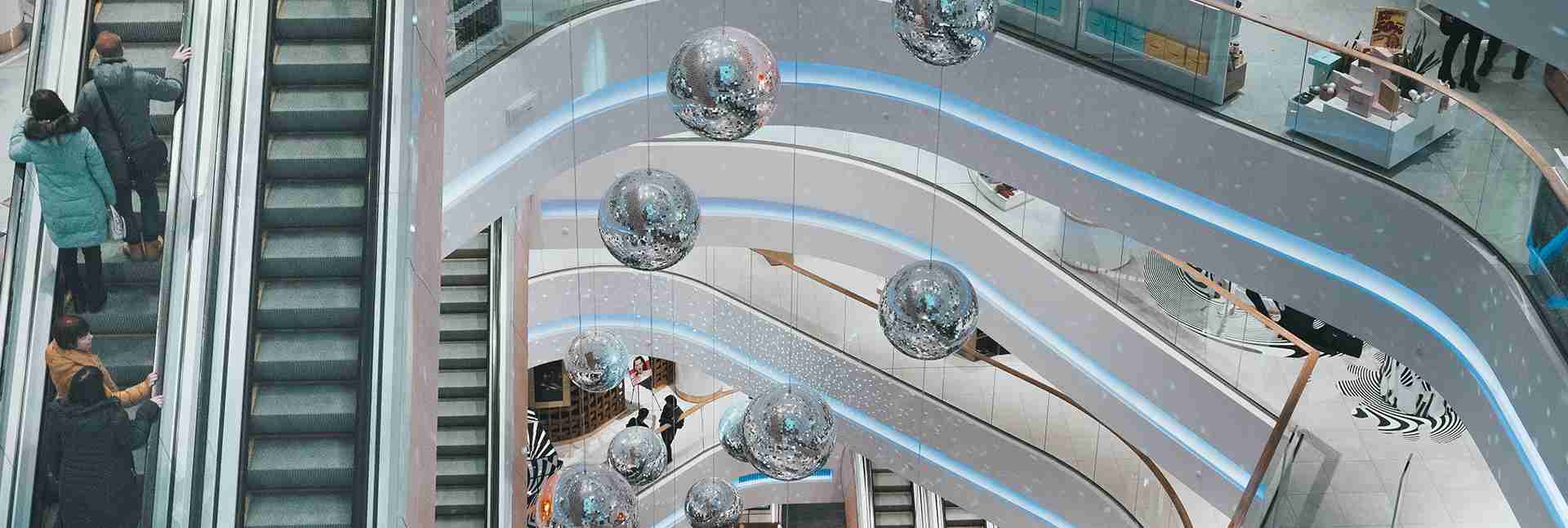General trade Warungs, the ubiquitous street-side stores in the neighbourhood, and modern trade supermarkets & hypermarkets come to mind when thinking of retail in Indonesia – both at opposite ends of the spectrum. One designed for convenience and proximity and the other for excitement, entertainment and experience.
There are also the mini markets like Indomaret and Alpha Mart, straddling the space between. All seem to be thriving, and all seem to hold relevance for Indonesian consumers. And now there has been a big push in e-commerce that continues to grow and seems to be holding out many possibilities for players like Tokopedia, Buklapak and Lazada.
Jakarta, with a population of 10 million inhabitants and a growing middle and upper-class, continues to be the haven for growth of modern trade as well as e-commerce. While in many of the world’s growth markets, the conventional trade of brick and mortar retailing is slowing, Indonesia is becoming more important for retailers and brands in this space alongside digital and e-commerce platforms. The local population seems to have an equal addiction to both malls and mobiles phones.
The burgeoning middle class represents a very strong consumer force that has embraced mobile-first initiatives and are more connected than ever, but that does not seem to stop them from going to the malls and experiencing brands and products on display. There is huge potential for growth in the retail landscape of Jakarta. Its population is predicted to exceed 16 million by 2020. Jakarta is also highly tuned to social media, there are more than 72 million active social media users. So why are malls still thriving? An intriguing question to answer. Why are malls and warungs not being replaced by e-commerce? Warungs and mini marts help to serve certain transactions – quick, accessible, easy, simple and convenient – very understandable, but what is the relevance of malls? There are more than 170 malls in Jakarta, and they play an important role in the lives of the city’s population. Malls are places to be entertained, and meet up and hang out with friends; they are centres of air-conditioned social activity. And Jakarta’s severe congestion works in favour of the retailers who can tap into this captive audience. They are consumer gateways to global participation in brands and experiences. At a deeper level, they are tapping into the growing Indonesian appetite to experience the excitement that comes with adopting global brands – be it fashion or cosmetics. It is about participating in the larger global narrative, and malls are gateways to the world. The rise of the click and collect model of buying online and collecting in-store, or using Go-Jek for delivery, makes physical retail experiences even more relevant to a brand’s growth, but is this growth sustainable? While there is a lot of excitement in consumerism, there is also a sobering factor that is reining in spending. Economic uncertainties and the growing voice of Islamic piety and restraint are making people question their choices. The hankering after ostentatious consumption is being reappraised; people are more cautious with spending, and are investing in self-care routines and well-being. FMCG products have seen a decline over recent years and actual spending seems to have shifted to other areas such as more saving, more experiential products and more on leisure. Cinema, concerts, restaurants, cafes, personalised products and brands are all up-trending. All these are lodged in the malls and continue to attract footfall.
People are now visiting malls for a multitude of reasons, it is no longer only about consumption. Consumers are looking to seek new experiences. Rather than purchasing they want to immerse themselves in the glamour that malls can provide. They wish to personalise the experience with the intention of reimagining a more modern and up to date version of themselves. The cafes, juice bars, restaurants and artisanal stores are all personalised, experiential and exciting. Then there is the need to share it with the world, not only the experience but also the projected identity. This is probably the biggest or most urgent need for young consumers; to experience, personalise, consume and share. Malls are also the places where you sample the products before you make purchases online. Or conversely, one is initiated into the brand through e-commerce, but malls are where you will ultimately buy after discussing and interacting with the product and the sales personnel to give confidence in your choice.
Warungs and mini markets will continue to be transactional for everyday consumables, but it is the malls that will remain relevant as they are tapping into bigger needs beyond everyday consumption. Brands will need to think hard about integrating experiences at the store level and on their digital platforms so as to create sustainable brand love.






